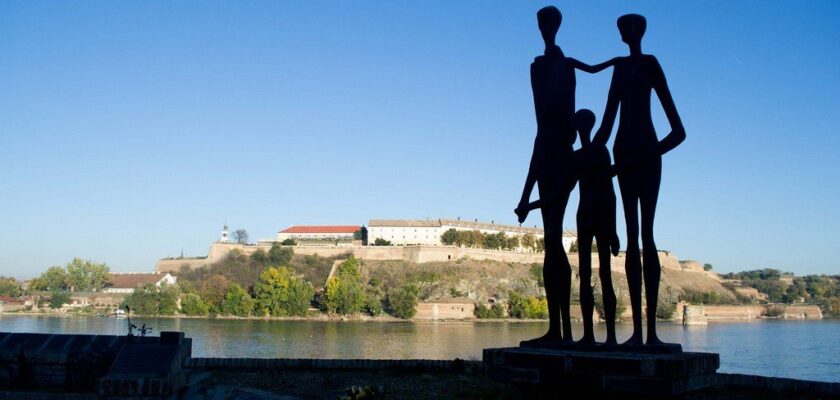Petrovaradin Fortress (Danube Gibraltar)
Petrovaradin Fortress is a picturesque fortress on the Danube, built to defend the borders of the Austro-Hungarian Empire in the Serbian city of Novi Sad. In terms of size, the ancient fortress is one of the largest fortifications in Europe. It was erected in the late 17th century for defense against the Turks and had the unofficial name of “Gibraltar on the Danube”. In 1991, the Petrovaradin Fortress was included in the list of UNESCO World Heritage Sites.
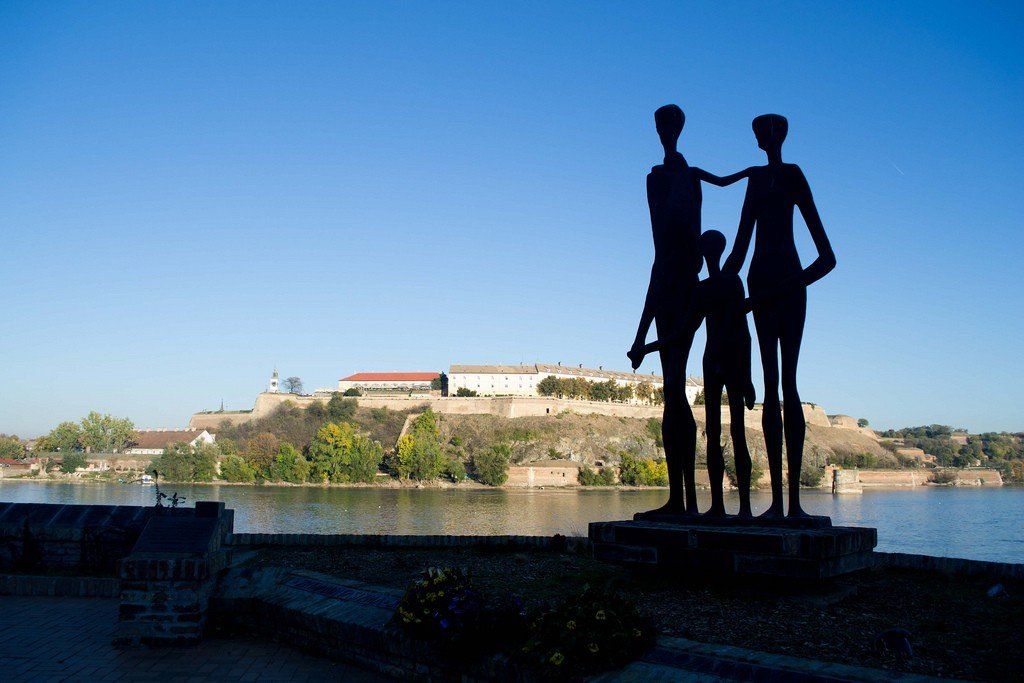
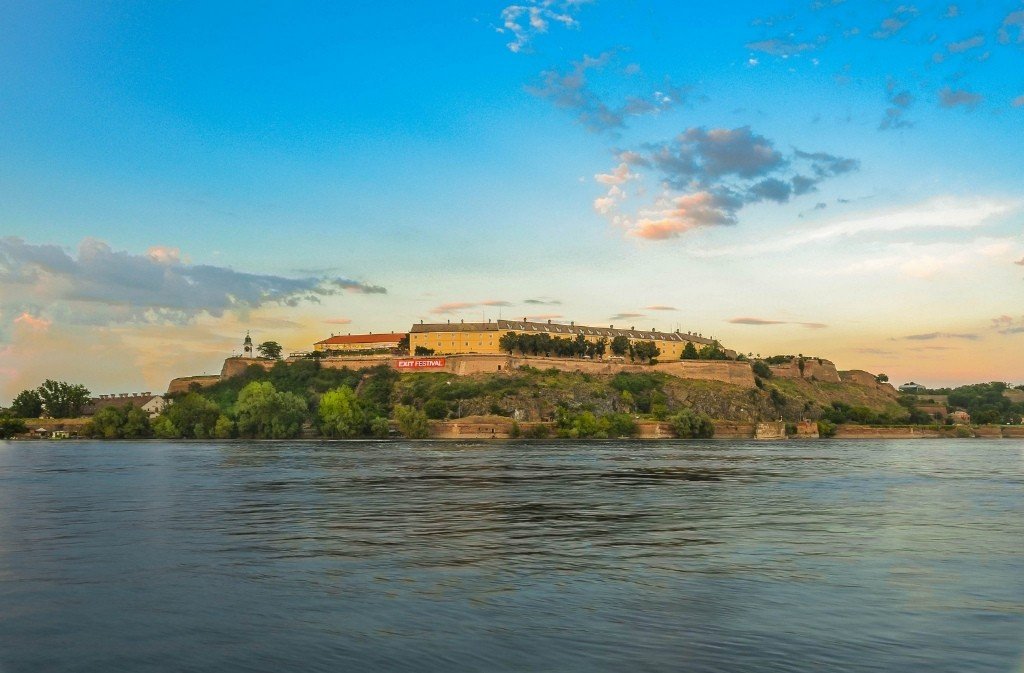
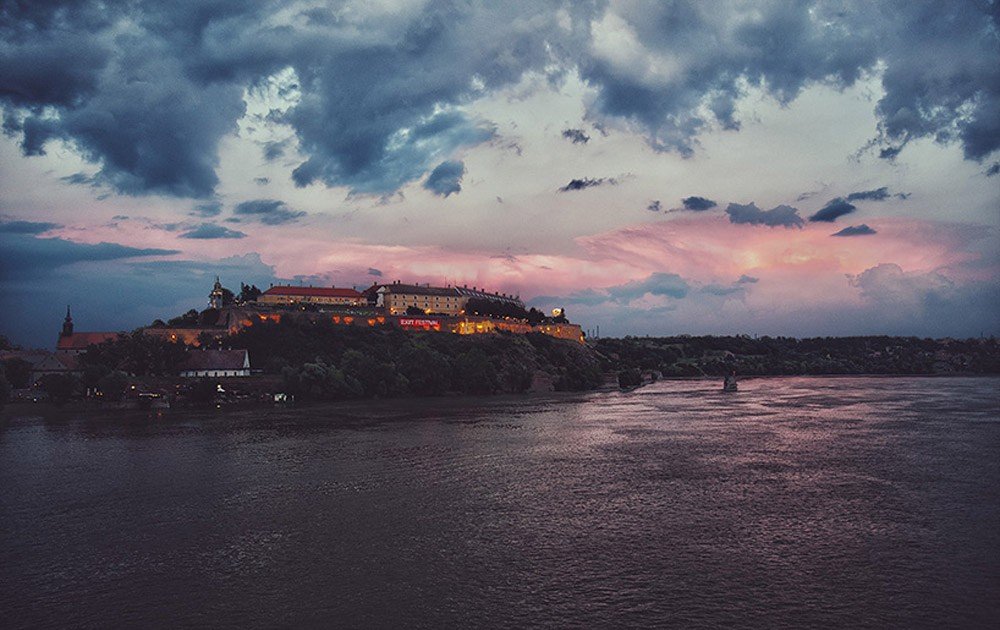
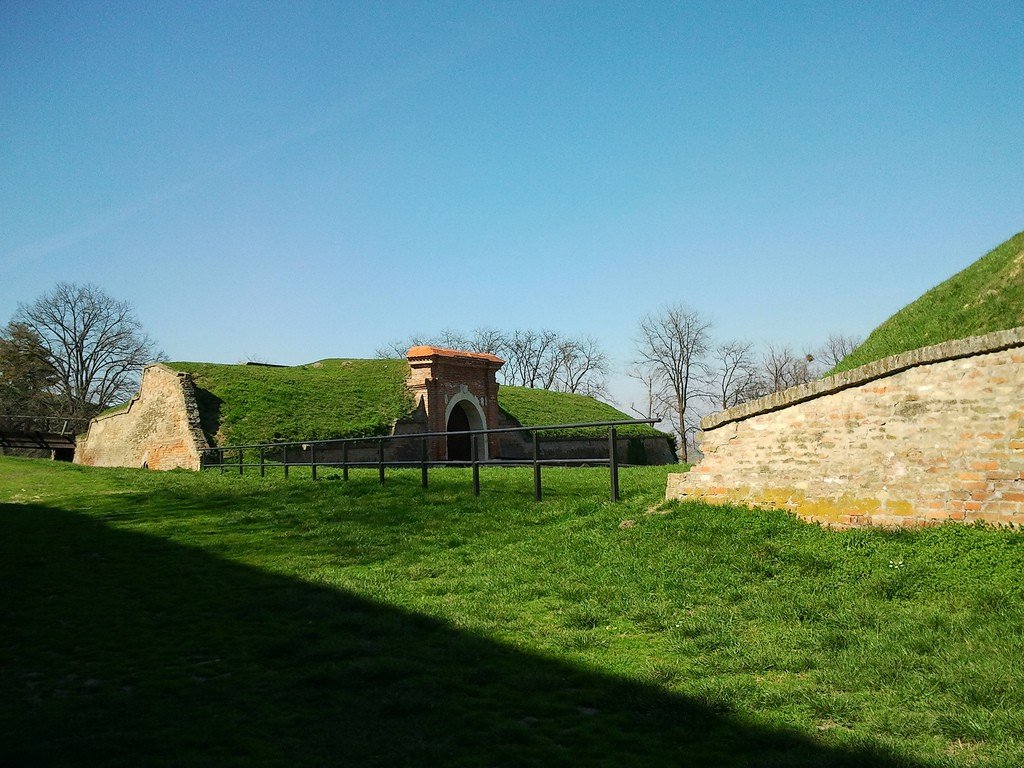
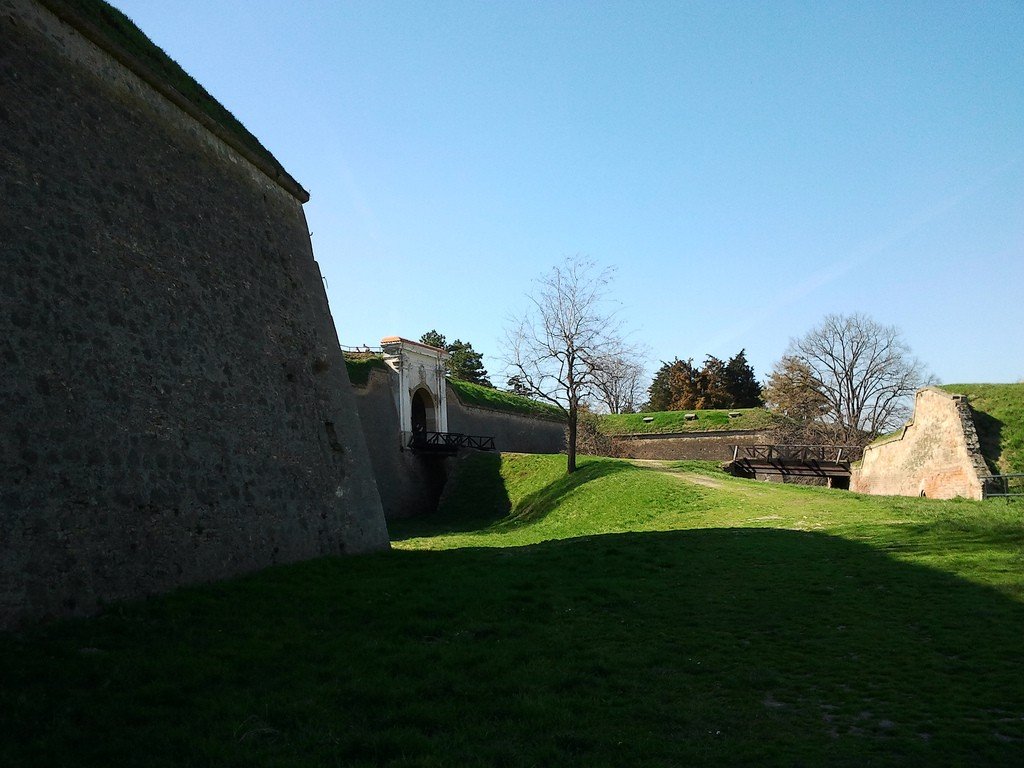
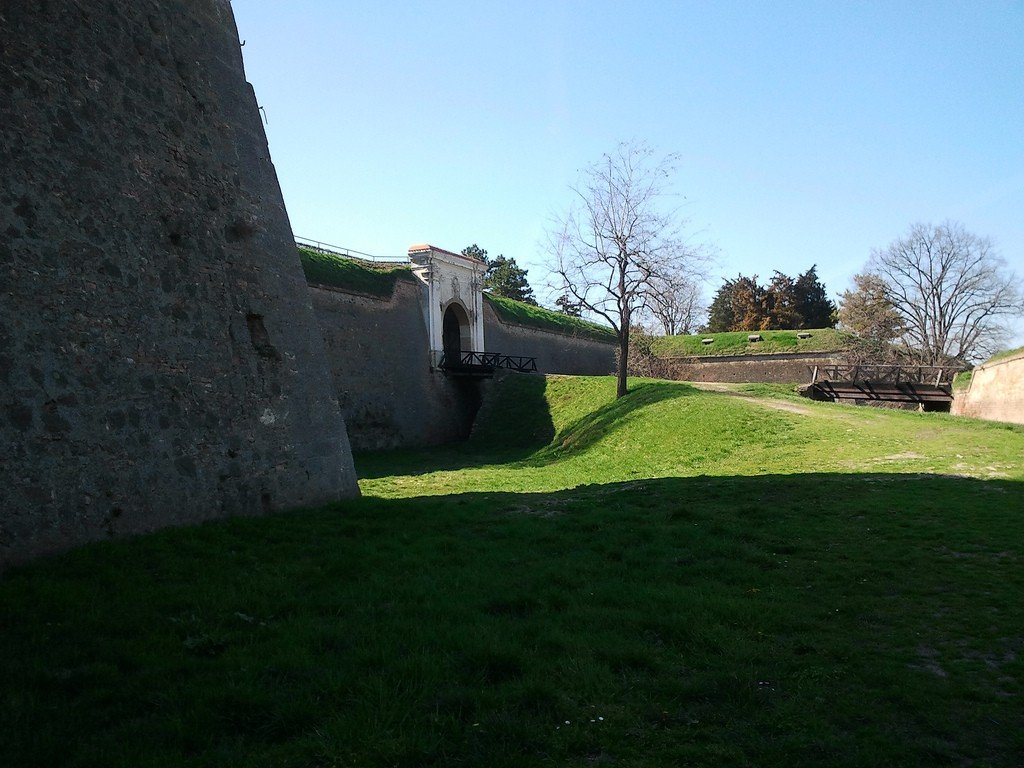
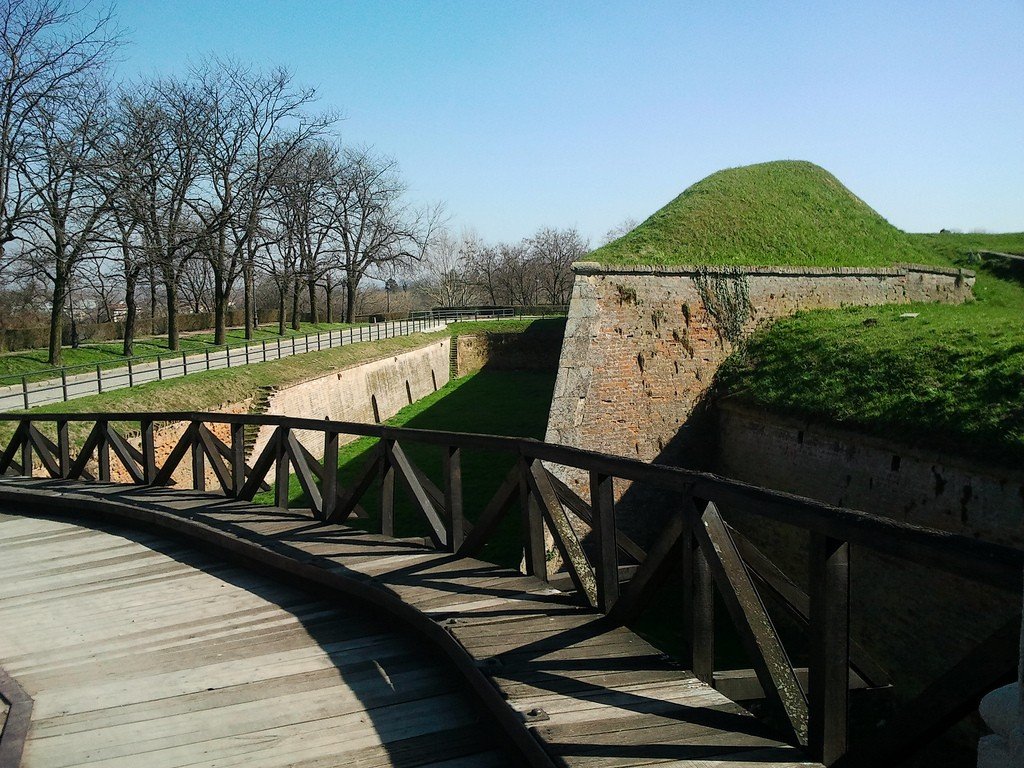
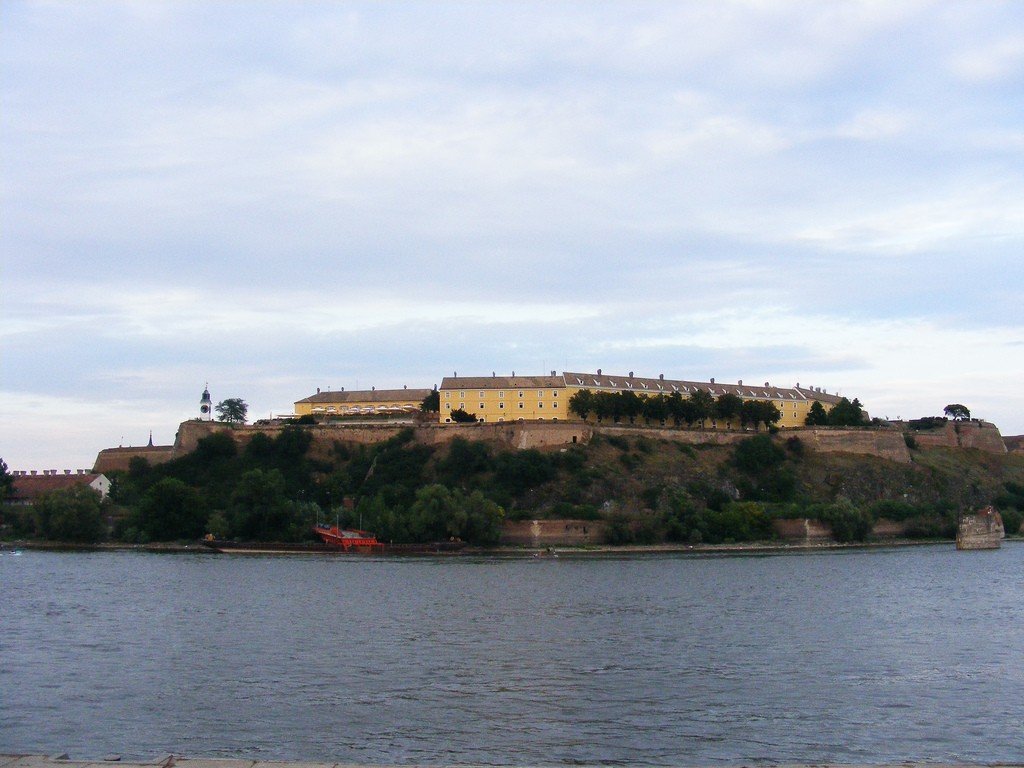
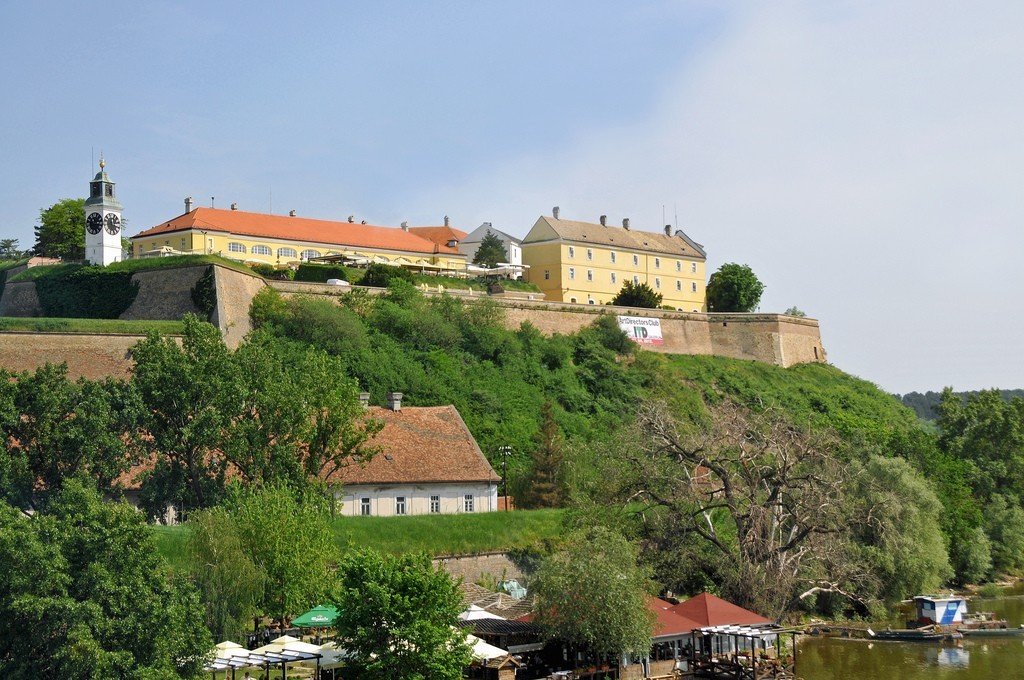
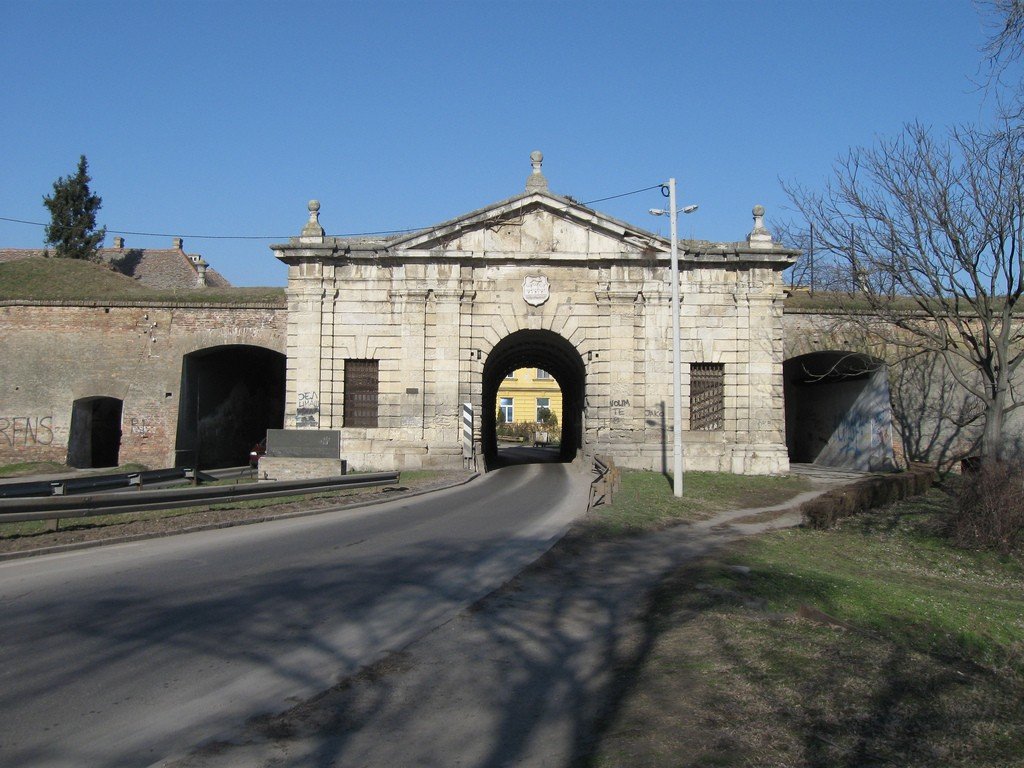
Video: Petrovaradin Fortress
Highlights
By the end of construction, the fort had a well-developed system of 16 kilometers of underground passages. The fortification walls were over 5 km long and the fort itself covered over 100 hectares. The fortifications were so secure that the Habsburgs chose them to store their valuables.
.
Nowadays, the ancient Petrovaradin Fortress is a popular tourist attraction. It is located on a green hill and is perfectly visible from the opposite bank of the Danube..
Inside the fort are the city’s archive and museum, an observatory and planetarium. Art workshops, exhibition halls are open and various festivals are held here. Since 2001, the fortress has been hosting EXIT, the largest music festival in Southeastern Europe. It lasts four days and gathers a large number of music lovers in Novi Sad.
.History of the fortress
Excavations conducted near the Petrovaradin Fortress have established that the banks of the Danube have been inhabited by people since prehistoric times. The first defenses on the hill, where the stone fortress was built, appeared before the advent of our era.
>
During the Roman Empire, a powerful fort was built here, and it became part of the defense line built by the Romans along the entire Danube. In the 13th century, the locals used the remains of the Roman fortress to build a Cistercian monastery, where monks who had come from France began to live. The fortified monastery stood until the XV century, but fell under the onslaught of the Ottoman Turks who were advancing on Europe. After that, the banks of the Danube were taken over by the Habsburg Empire.
.The construction of the Petrovaradin fortress began in 1692 by order of Prince Kruja. The powerful fort was erected for almost a hundred years according to plans drawn up by the outstanding military engineer and Marshal of France Sébastien Le Prêtre de Vauban. Austrian General Kaiserfeldt and Italian military man Marsigli directly supervised the construction.
.
In 1694, the Ottoman Empire attempted to take possession of the unfinished fortress, but failed. In August 1716, during the next Austro-Turkish war, the Danube fortress was at the center of the bloody Battle of Petrovaradin, which ended in a complete victory for the Austrians.
.
Later, the border of the Austro-Hungarian Empire moved south, and the defensive importance of the Petrovaradin fortress began to decline. However, the authorities kept it in good condition. The empire spared no money to improve the fortifications, and they always met the most modern requirements of fortification art.
.
During the Hungarian Revolution of 1848-1849, armed detachments of locals who opposed the Habsburg power were inside the fort. After that, the Petrovaradin fortress was never used as a military facility.
How to get there
Petrovaradin Fortress rises on the right bank of the Danube, opposite the historical development of Novi Sad, which goes by the name of Old Town. It can be accessed by a highway bridge. From the city railway station to the fortress is 3.2 km. City buses stop near the ancient fort.
.